Doomsday to the left of me, doomsday to the right
Maybe the social distancing has gone too far. It seems to have driven Australia’s political class into a deranged state of Doomsdayism. Both ends of the debate are warning of imminent catastrophe. Life as we know it in Australia is about to end. The Far-Left and Far-Right of politics have stretched their alarmism to a point where they have joined up on the ideological spectrum. And that’s just inside the Liberal party. Liberal Lefties like Malcolm Turnbull and Matt Kean believe that unless we build solar panels and windmills on every street corner, our species is about to perish. The right-wing of their party has a different ending in mind. The likes of Andrew Hastie and Peter Jennings are fixing their bayonets to fight off Xi Jinping and his marauding communists. It’s a contest to see which kills us first: climate change or the Chinese army.
Just as well governments are funding a record number of anxiety clinics. I’m scared to go outside, for fear of a heatwave knocking me over, or the PLA marching up my driveway. To save my family, I don’t know whether to buy an air conditioner or a machine gun. Either way, according to the catastrophists, Australia is doomed at the hands of an unstoppable yellow-red force: the burning sun or Asian communists.
But enough of this nonsense. It’s the antithesis of the Australian way, our great national creed of optimism.Even in our darkest moments, Australians have always believed in the providence of hope, that she’ll be right. Mate. The political elites – Far-Left and Far-Right – have disconnected themselves from the rosy common sense of middle Australia. I don’t have to convince Spectator Australia readers of the stupidity of climate alarmism and the shamelessness of the rent-seekers who feed off it. So let’s sort out the China connection.
Bill Clinton once said of the United States, ‘There are some people in my country who think America must always have enemies.’ In Australia too. For 60 years, the war faction of the Liberal party has been promoting invasions and insurgencies but with no success. They sent us into Vietnam and 500 of our boys died for no lasting purpose. The Berlin War fell anyway. They sent us into Iraq where, instead of discovering WMD, the world discovered ISIS and an even greater threat of terrorism. Jennings was culpable in that disaster, as John Howard’s military advisor. Last year he teamed up with Hastie to promote the credentials of an alleged Chinese spy, Wang Liqiang, defecting to Australia. This was also fake.
A few years ago, the Liberal neo-cons were pumping up Putin as a strategic threat to Australia. But the roar of the Russian bear fizzled out as well. You wouldn’t want to take these guys to the races with you. It’s a long time since they picked a winner. Now they have moved on to their latest sabre-rattling charge: China, China, China.
In truth, Australia’s relationship with China needs to change, especially after Beijing’s woeful handling of the coronavirus. But the starting point should not be preparation for war. Hastie has compared China to Hitler’s Germany, arguing that Australia is as vulnerable as the French Maginot Line. As Queensland Senator Matt Canavan has said, ‘The first person to make a comparison to the Nazis automatically loses the debate.’ Bye, bye Hastie. Undeterred, other point-men for the war faction have argued that, by now, China would have already occupied Australia. But there’s a catch, one extra piece of psychobabble to this theory: China is waiting to further expand its military to destroy us more comprehensively. These Cold War crazies are trapped in a time warp, taking Australia back to Menzies’ fear of ‘the downward thrust of communist China between the Indian and Pacific Oceans.’
This raises an obvious conundrum: Why only Australia? If China is so aggressive and expansionist, wouldn’t it also be planning to invade Taiwan, South Korea, Japan, India, New Zealand, Canada, the United States and Europe? Yet in reality, why would China do these things, risking nuclear confrontation with Trump’s America? By any understanding of self-interest, China is likely to do what it has done for the past 40 years: trade its way to economic prosperity. Those dirty, dangerous Marxists have run the greatest expansion of market forces in human history, lifting 700 million people out of poverty.In truth, China is more like a Confucian state, with its cultural respect for authority sustaining a one-party system.
By Australian standards, this jars against our democratic values. But what can we do about it? Each of our attempts to spread liberal democracy, from Vietnam to Iraq, has ended in disaster. Australian foreign policy must be grounded in a realistic assessment of our best interests, not an idealistic fantasy world of trying to refashion Chinese systems of governance. Currently our diplomacy is adrift, with the Canberra elites squirming at changes in both China and the United States. They don’t like Trump and refuse to accept his message of less US-led engagement internationally. Only the Labor party seems comfortable with the weight of Chinese political interference in Australia.
Either way, we need to craft a smarter, Australia-first foreign policy. We need to be less dependent on China, as an economic risk management strategy and safeguard against their tentacles of political interference. We also need to be less dependent on the United States, given that President Trump has ended their role as a global policeman. In this policy task, the worst thing we can do is listen to those who have been consistently wrong in the past. The world is not about to end. We are not about to be invaded, either by climate change or the Chinese. It’s a case of Morrison in the Middle: needing to sideline the catastrophists at the two extremes of his own party.
Got something to add? Join the discussion and comment below.
Get 10 issues for just $10
Subscribe to The Spectator Australia today for the next 10 magazine issues, plus full online access, for just $10.
You might disagree with half of it, but you’ll enjoy reading all of it. Try your first month for free, then just $2 a week for the remainder of your first year.




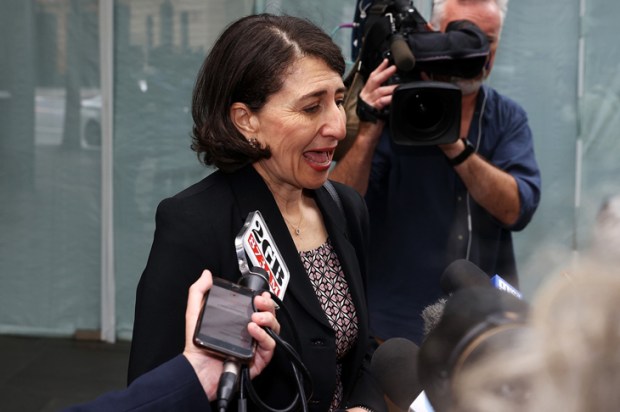
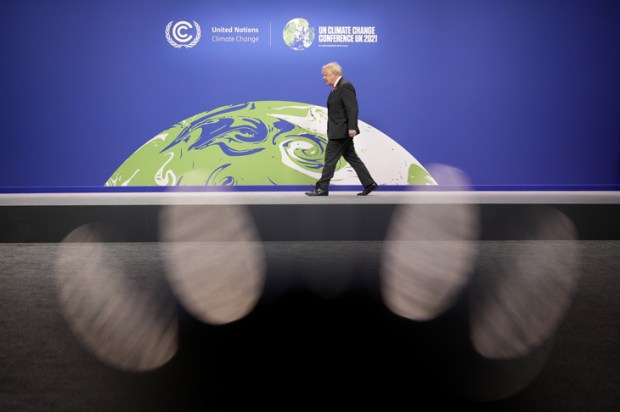
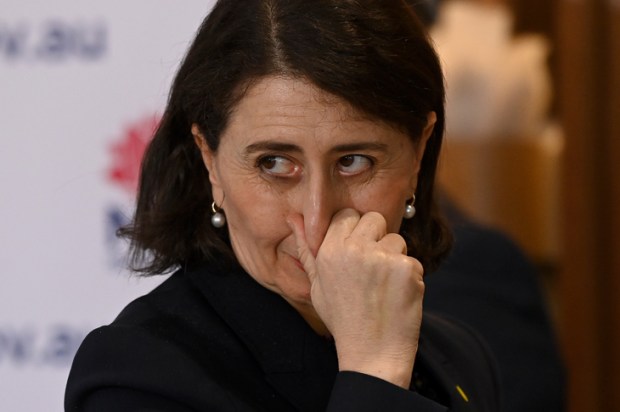
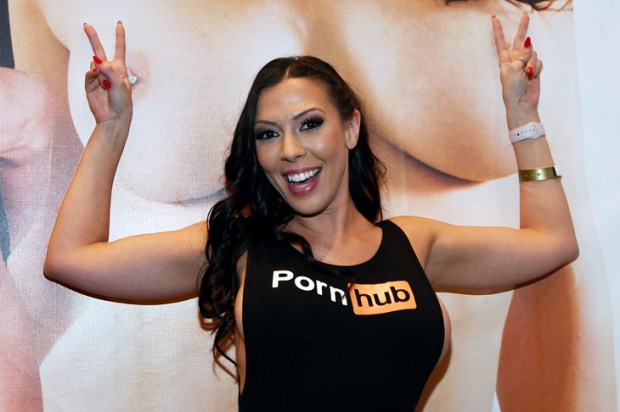
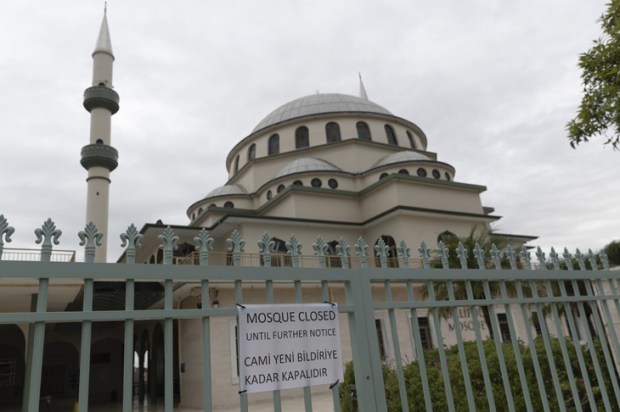






Comments
Don't miss out
Join the conversation with other Spectator Australia readers. Subscribe to leave a comment.
SUBSCRIBEAlready a subscriber? Log in